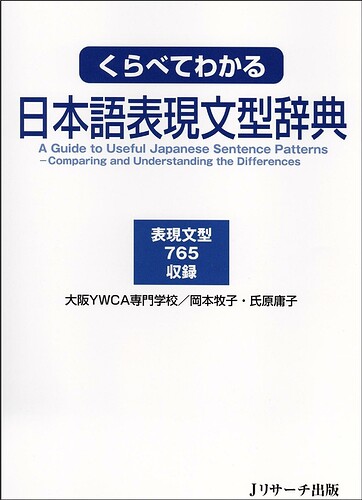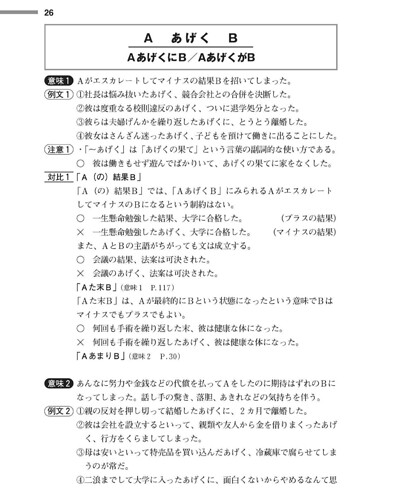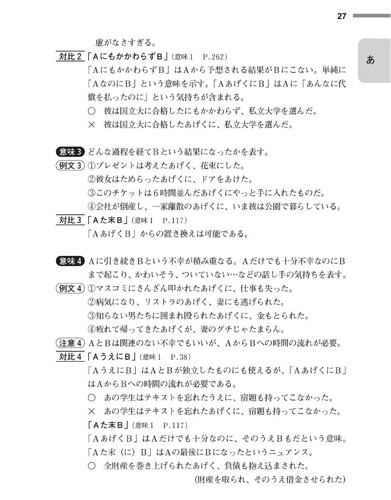Well, for me the fact that it is in Japanese was the biggest selling point. Because nothing is lost in translation. An incredible amount of information is usually lost in any translation, regardless of the skill of the translators. I know that those dictionaries had Japanese authors, but do those authors understand the nuance fully of the English that they are comparing the sentences to? If they don’t then they are going to miss lots of things. I have only read parts of one of those dictionaries (I own beginner and intermediate), but I stopped cause I didn’t like the excessive reliance on English.
When you don’t translate, you don’t end up creating unnatural situations mistakenly, you can focus on the language in it’s own environment. I guess this is a bad example, but it’s kinda the same as describing a lion when you have only ever seen one in a zoo. The fact that it is not in it’s natural environment means you are not seeing it for what it is.
Edit - I know that you specifically asked for -apart from that it’s in Japanese-, but I just wanted to highlight that this is really where the value is. Apart from that, it uses illustrations and situations to show the nuances. It also has a big focus on how saying the same thing in a slightly different way will effect how your conversation partner recieves the answer.
Example - You’re drinking with a Japanese friend and they suggest you try the whiskey they like. You reply with -
ビールだけ飲んでいます - They receive it negatively, because だけ implies that you know that you have other options, but think their choice is not good.
ビールしか飲まない - They receive it positively, because しかない implies that under normal circumstances you only drink beer, it’s not their suggestion that was bad.



